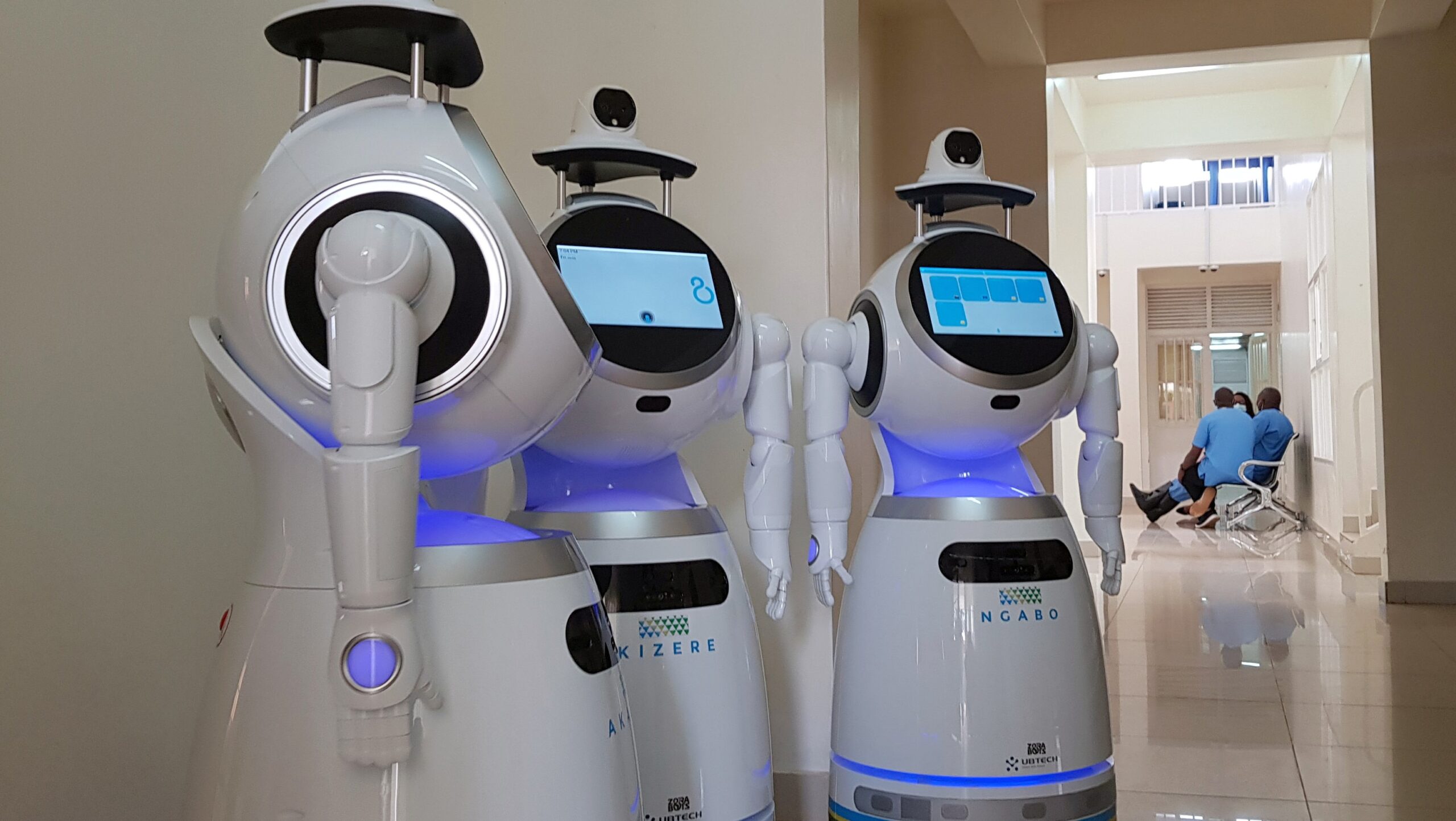
Neil Gonputh
Essential services in many countries are turning to robots as a way to get things done while maintaining social distancing rules as the COVID-19 pandemic continues.
Countries like the Netherlands, Russia, South Korea, Japan, Belgium, Rwanda and Canada are just a few places where robots are being used to limit interaction between people.
There are two ways that robots can be used during the pandemic said M. Reza Emami, a professor at The University of Toronto’s Institute for Aerospace Studies and a PhD in robotics and mechatronics.
One way is to have robots replace the essential workers and the other is to have them on site, controlled remotely by the essential worker, he said.
Some of the new roles for these robots include servers, waiters, nurses and janitors.
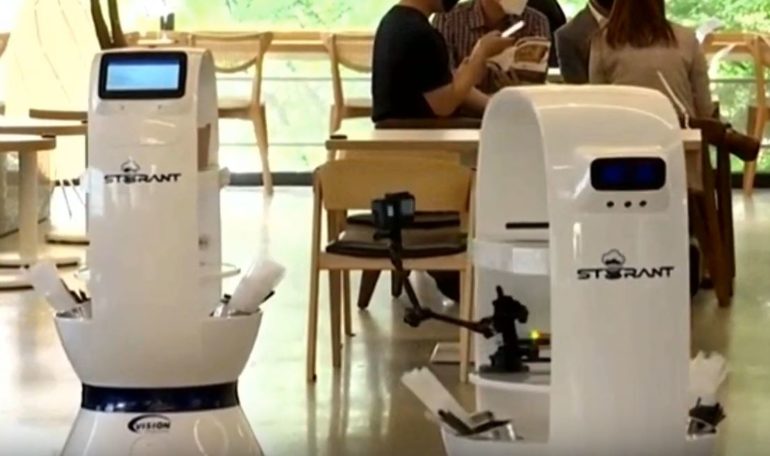
Vision Semicon, a robotics company founded in 1997, developed and created a robot that appears to have made a cup as good as a barista.
“This tastes the same as a coffee made by a human,” said Lee Jong-min, a 35-year-old office worker, while in a café in Daejeon, South Korea, in a Reuters story.
“Our system needs no input from people from order to delivery, and tables were sparsely arranged to ensure smooth movements of the robots, which fits with the current no contact and distancing campaign,” said Lee Dong-bae, director of research at Vision Semicon, told Reuters.
The system can make 60 different types of coffee and can serve the drinks to the customers at their seats.

At the Dadawan restaurant in Maastricht, Netherlands, robots work as servers. They deliver drinks, which cuts down on the number of trips that restaurant staff have to make throughout the restaurant.
“Our team is actually really happy with the robots”, said Paul Seijben, a spokesperson for the restaurant told Reuters.
Robots are also developing a role in health care.
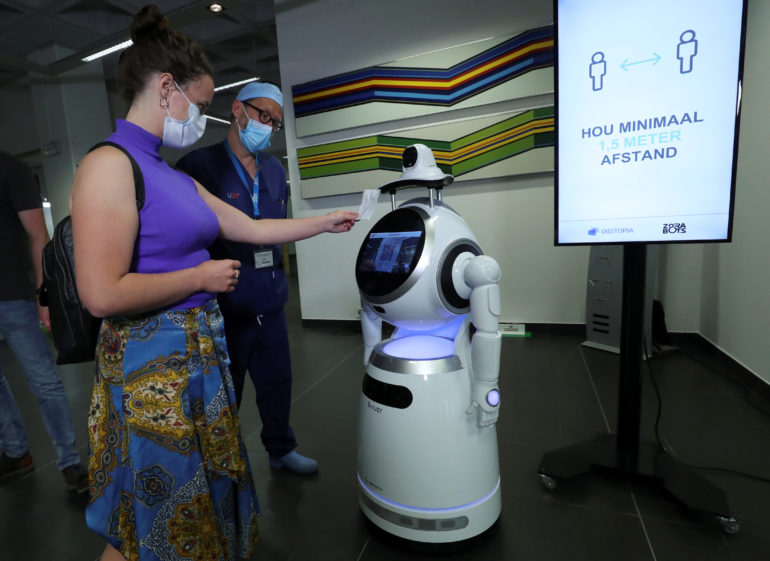
At the Antwerp University Hospital, robots check to make sure visitors have their masks on correctly and check their temperatures for fever. Chinese company UBTECH developed the robots called CRUZR.
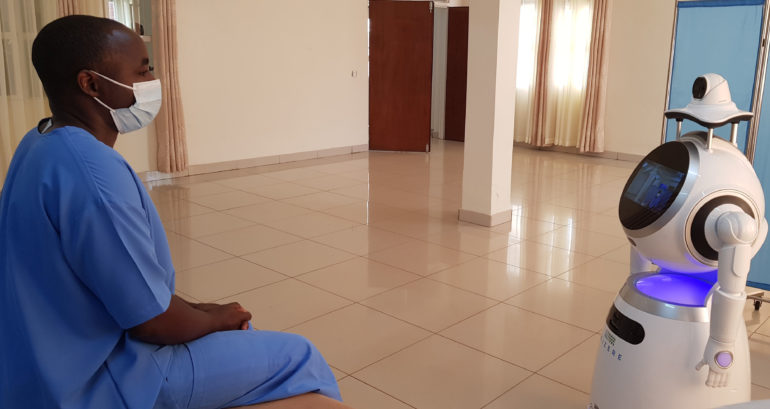
Some of these robots have been deployed at the Kanyinya Health Centre in Kigali, Rwanda as part of a United Nations Development Programme (UNDP) project.
“They help us to decrease or reduce the risk of transmission,” David Turatsinze, a doctor at the facility, told Reuters.
The robots take vitals and deliver video messages between robots and patients, he said.
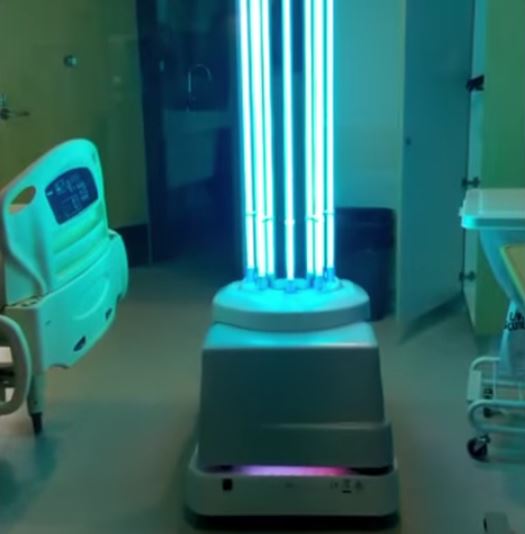
Researchers at Montreal’s Research Institute of the McGill University Health Centre (RI-MUHC) have been testing a UV-Disinfection robot that can disinfect hospital surfaces using concentrated UV-C ultraviolet light, said an RI-MUHC press release.
“We ordered this robot as the COVID-19 pandemic was emerging in China and Europe, with the objective to be first to evaluate this technology in Canada,” said Dr. Bruce Mazer, Executive Director and Chief Scientific Officer (CSO) of the RI-MUHC (Interim), in a press release.
“An automated system can potentially improve patient safety, as well as protect hospital personnel,” he said.
Danish manufacturer UVD Robots created the robot.
However, not all are welcoming robots with open arms.
“Humans are still unable to accept robots as points of interaction,” Emami said.
Technology exists to use robots as nurses but “some patients can barely accept to communicate their difficulties and health problems with a machine rather than a present human being,” he said.
Emami attributes this attitude as the reason robots are not more widely used, even under the conditions created by COVID-19.
But back in the Daejeon café, Korean college student Lee Chae-Mi is concerned about how robots will shape the future.
“So we hear about automation a lot these days,” he told Reuters. “I’m a bit of worried about the job market as many of my friends are doing part-time jobs at cafés and these robots would replace humans.”
At the Dadawan Restaurant in Maastricht, the view is shared.
“I like it that we’re able to go to restaurants now but I think that getting food from a robot seems a bit strange, I prefer humans,” said 21 year-old British student Alex Jakubowski told Reuters.
But Professor Emami has a more hopeful outlook.
“I think one positive side effect of this pandemic was that our perspective of robots may have changed and moderated slightly to view them as helpers and perhaps positive tools for our society in the future,” he said.
Last Friday, a new Kentucky Fried Chicken (KFC) restaurant opened in Moscow that uses robots to offer contact-less service.
Here is a timeline in the growing use of robots in society during COVID-19.

